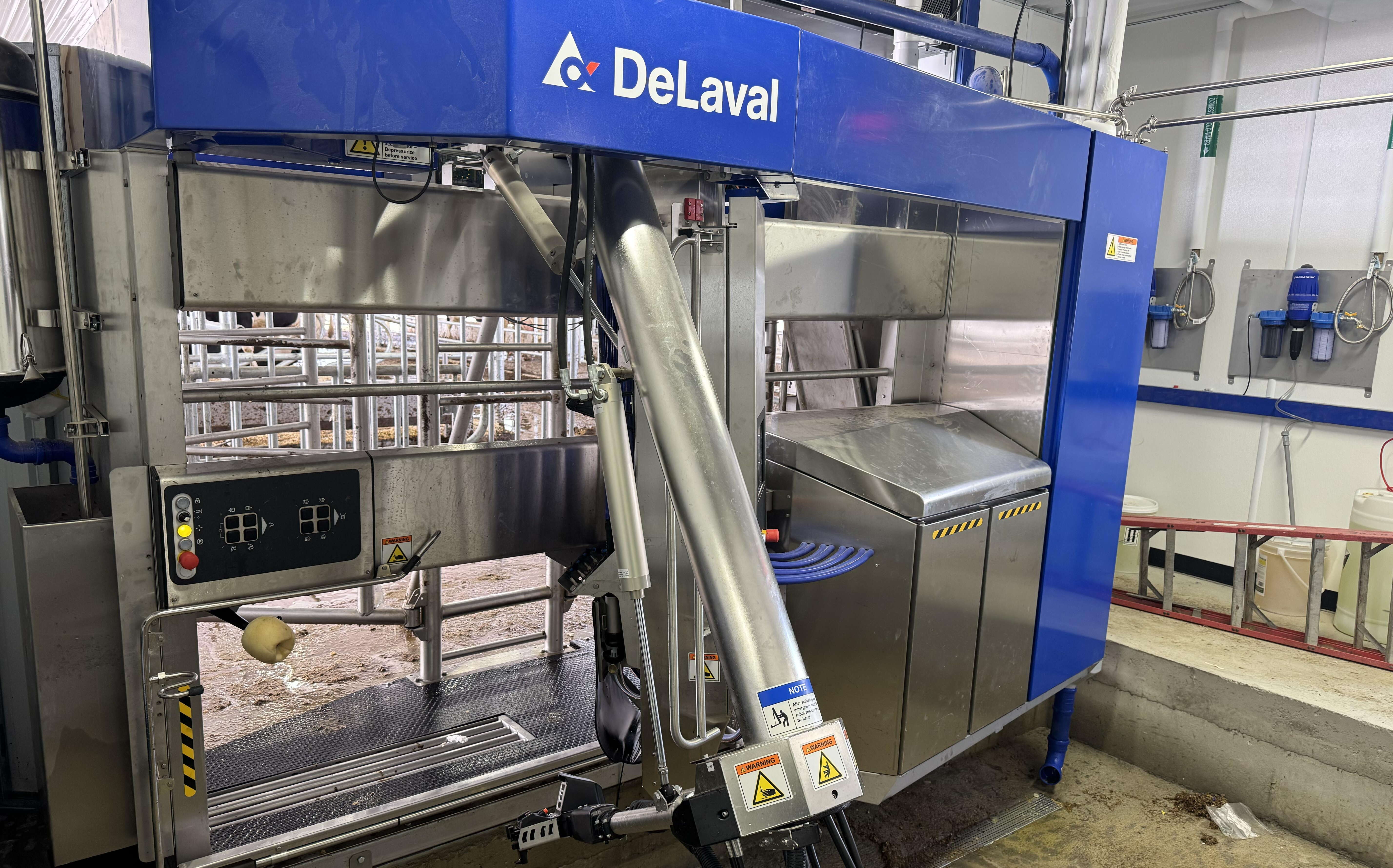
Processing Your Payment
Please do not leave this page until complete. This can take a few moments.
- News
-
Editions
-
- Lists
-
Viewpoints
-
Our Events
-
Event Info
- Women's Leadership Forum 2025
- On the Road with Mainebiz in Bethel
- Health Care Forum 2025
- On The Road with Mainebiz in Greenville
- On The Road with Mainebiz in Waterville
- Small Business Forum 2025
- Outstanding Women in Business Reception 2025
- On The Road with Mainebiz in Bath
- 60 Ideas in 60 Minutes Portland 2025
- 40 Under 40 Awards Reception 2025
- On The Road with Mainebiz in Lewiston / Auburn
- 60 Ideas in 60 Minutes Bangor 2025
Award Honorees
- 2025 Business Leaders of the Year
- 2024 Women to Watch Honorees
- 2024 Business Leaders of the Year
- 2023 NextUp: 40 Under 40 Honorees
- 2023 Women to Watch Honorees
- 2023 Business Leaders of the Year
- 2022 NextUp: 40 Under 40 Honorees
- 2022 Women to Watch Honorees
- 2022 Business Leaders of the Year
-
-
Calendar
-
Biz Marketplace
- News
- Editions
- Lists
- Viewpoints
-
Our Events
Event Info
- View all Events
- Women's Leadership Forum 2025
- On the Road with Mainebiz in Bethel
- Health Care Forum 2025
- On The Road with Mainebiz in Greenville
- On The Road with Mainebiz in Waterville
- + More
Award Honorees
- 2025 Business Leaders of the Year
- 2024 Women to Watch Honorees
- 2024 Business Leaders of the Year
- 2023 NextUp: 40 Under 40 Honorees
- 2023 Women to Watch Honorees
- 2023 Business Leaders of the Year
- + More
- 2022 NextUp: 40 Under 40 Honorees
- 2022 Women to Watch Honorees
- 2022 Business Leaders of the Year
- Nomination Forms
- Calendar
- Biz Marketplace
Can robotic milking help tackle dairy industry’s labor shortage?
 hoto / Courtesy University of Maine
A robotic arm detaches a pump from a cow's udder.
hoto / Courtesy University of Maine
A robotic arm detaches a pump from a cow's udder.
Many dairy producers in Maine have trouble finding the workforce they need to maintain sustainable operations.
Could robots step in?
The University of Maine recently unveiled a robotic milking barn — the third of its kind in Maine — at Witter Farm, a teaching farm that’s part of the J. Franklin Witter Teaching and Research Center in Old Town and home to UMaine’s undergraduate and graduate education and research programs in dairy and equine science.
The technology is designed for voluntary milking, according to a news release.

Within the "free-stall" barn, each cow can walk up to the system when they’re ready for milking, at which point robotic arms will connect pumps to their udder. Allowing cows to set their own milking schedule has been shown to increase production, the release said.
The technology is considered a resource for bolstering the agricultural workforce and pursuing research activities.
The dairy industry has lost one-third of its farms since 2020 due to rising costs and other challenges.
Maine’s dairy sector shrank from 602 farms in 1994 to 140 today, according to a November 2024 report of the Maine Dairy Task Force.
Painting a discouraging picture: high milk production costs, low milk prices and labor shortages. Bright spots include automation and robotics, according to the report.
The robotic milking barn was funded by federal and state investments in the university’s Maine Agricultural and Forest Experiment Station and through funding for the University of Maine System.

"Dairy farmers in Maine are pleased to see the investment the university has made into their dairy program,” said Annie Watson, president of the Maine Dairy Industry Association.
The robotic milking is expected to create a more efficient system for farm staff and students. The system also record milking frequency and volume, milk quality and the number of visits to the robots by each cow, which offers dairy producers better insight into herd management, nutrition and health.
The information collected by the robotic system will be used to enhance data science education for UMaine students.
Another technological advancement previously implemented at Witter Farm was an automated health monitoring system for the herd.
Witter Farm employs 15 to 20 student workers and hosts dairy classes from UMaine’s animal and veterinary sciences program.
The technological advances can be used to modernize research and experiments conducted at the farm, with a goal to enhance, optimize and adapt operations to the changing economy and environment.
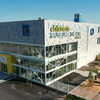

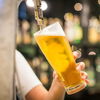
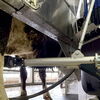







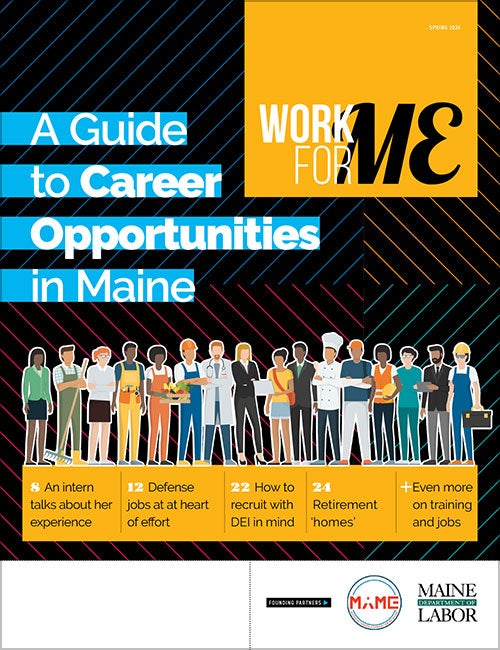


0 Comments